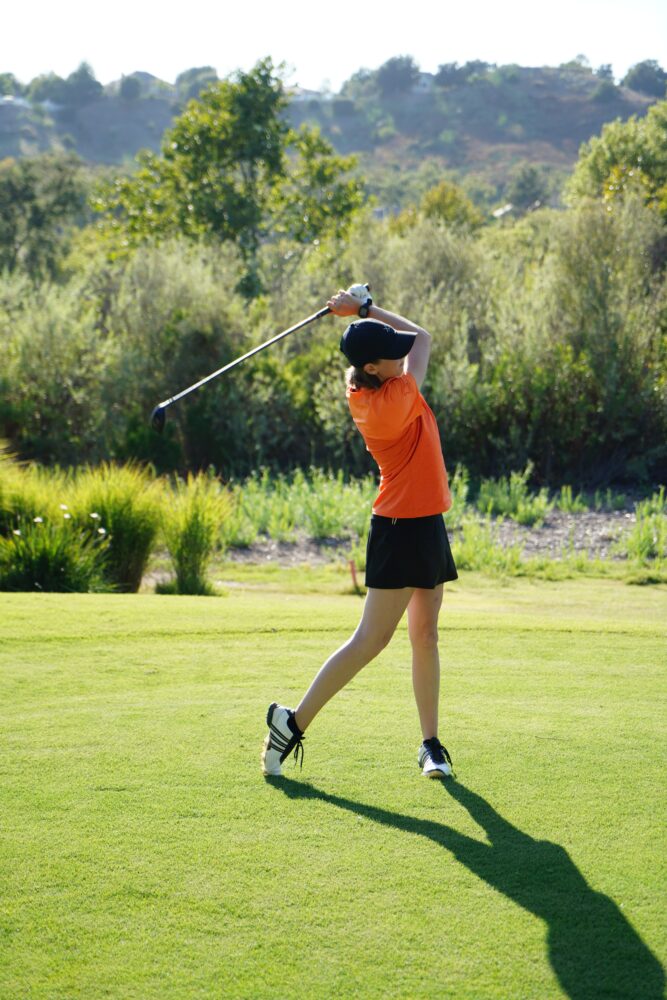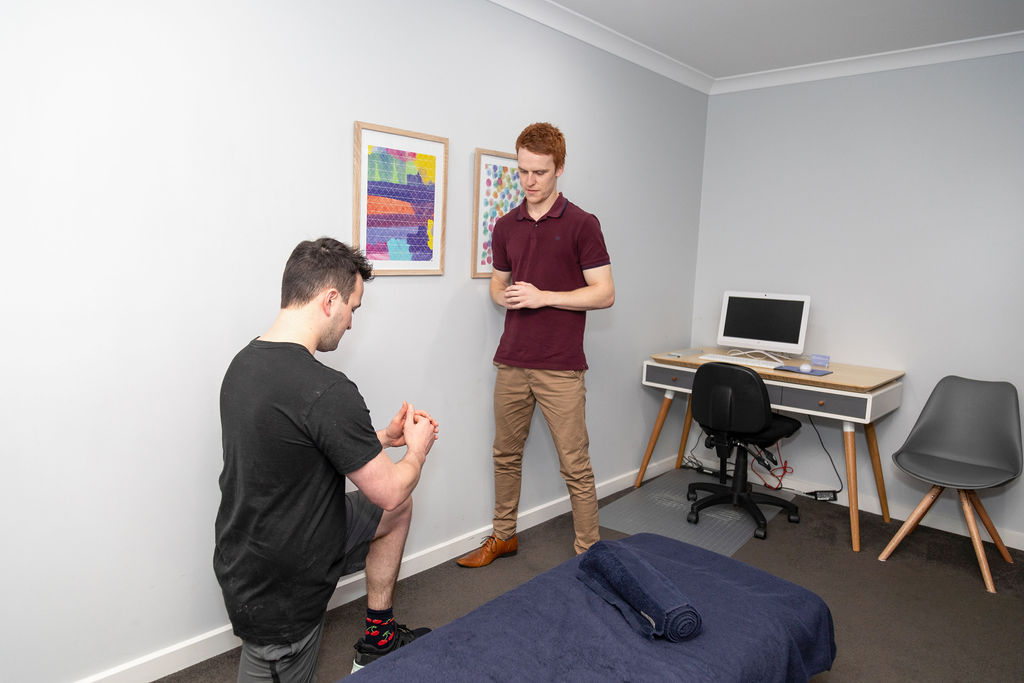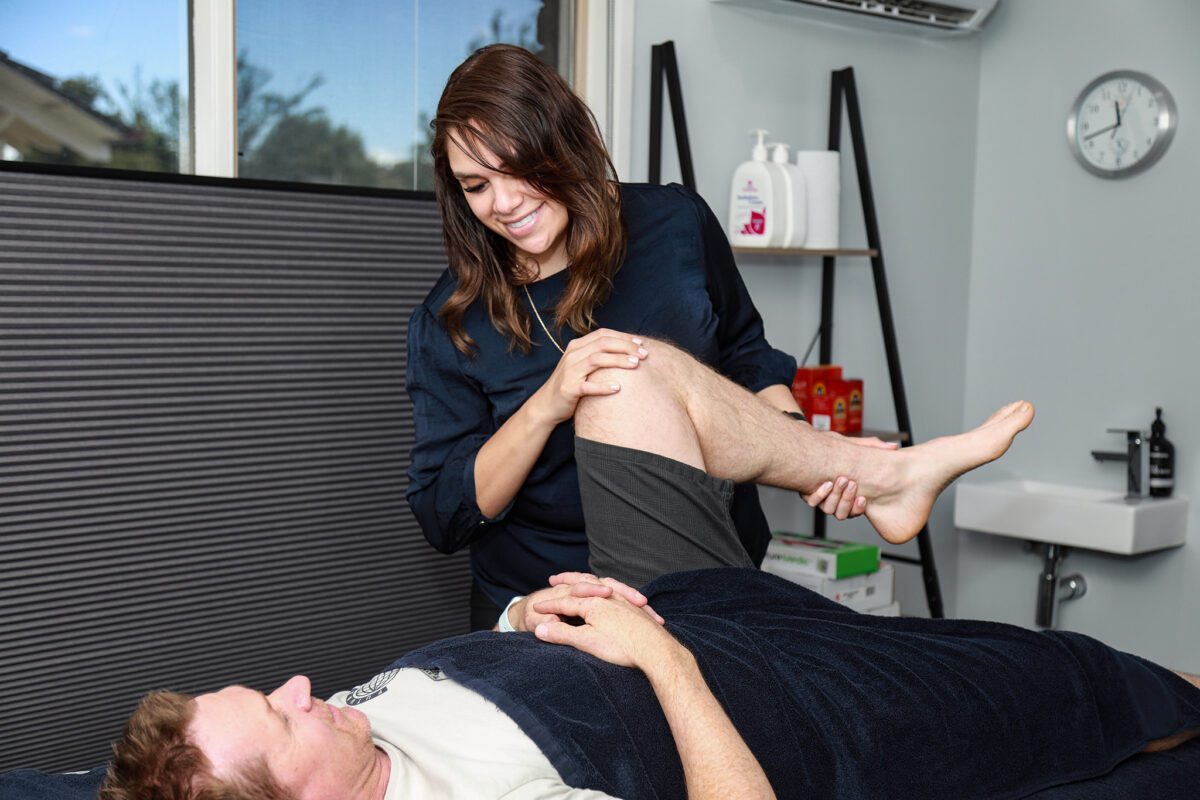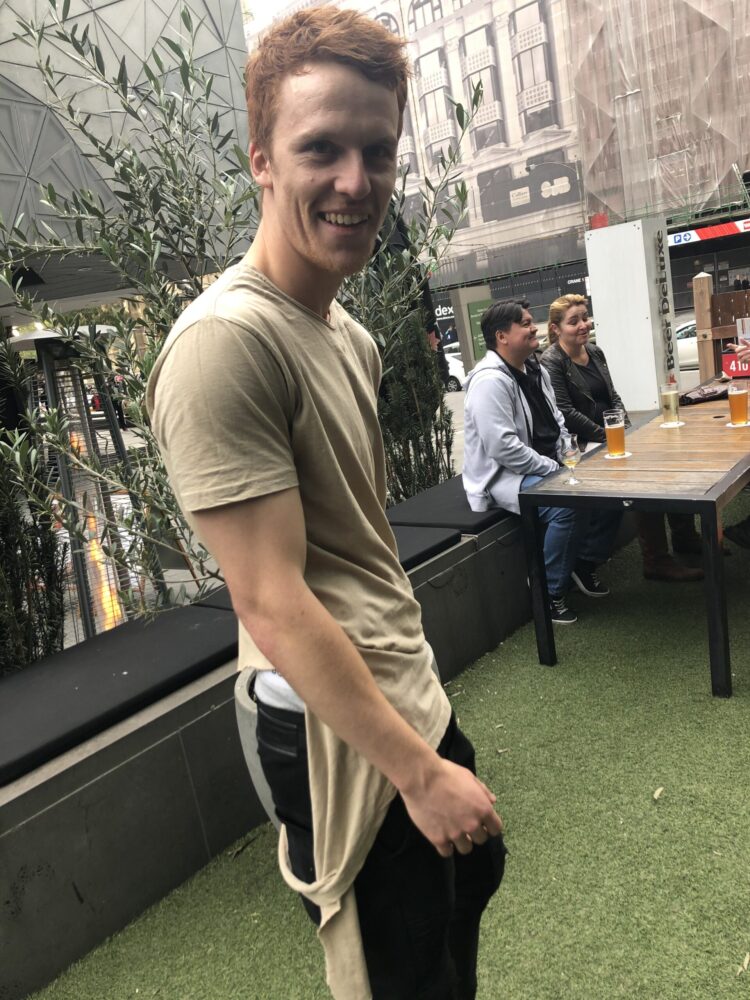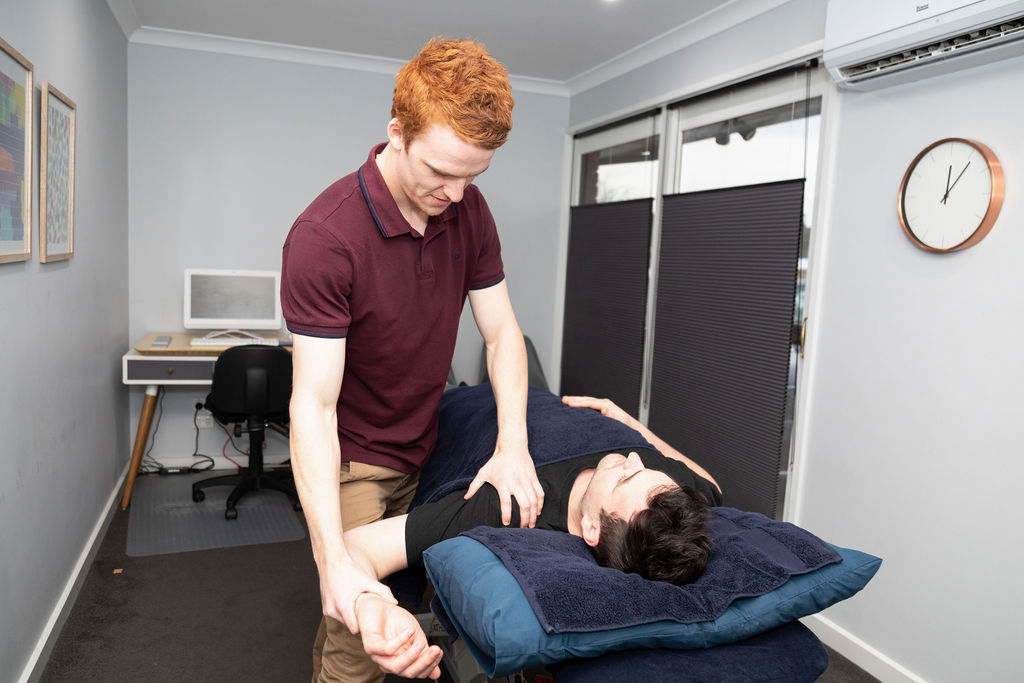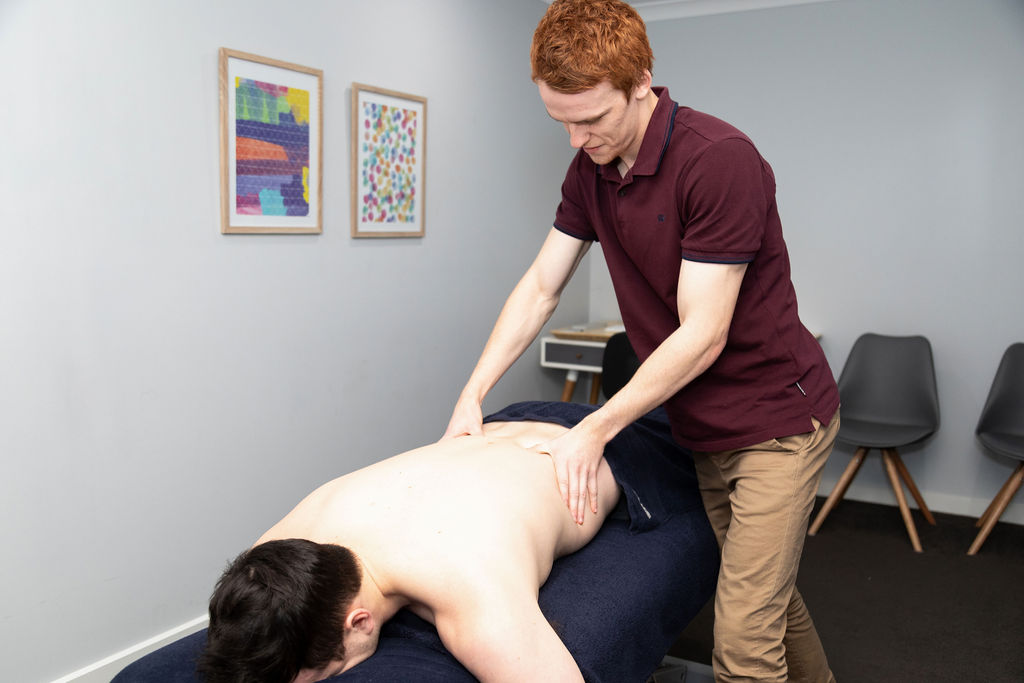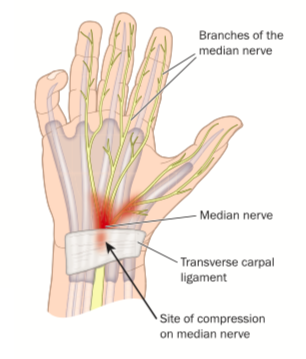GOLFERS ELBOW – NOT JUST FOR TIGER WOODS
Skye2021-07-13T01:02:38+00:00The name is slightly misleading, as this often painful condition is not limited to the Tiger Woods’ of the world. Golfers elbow or medial epicondylitis is a condition affecting the inner side of your elbow.
